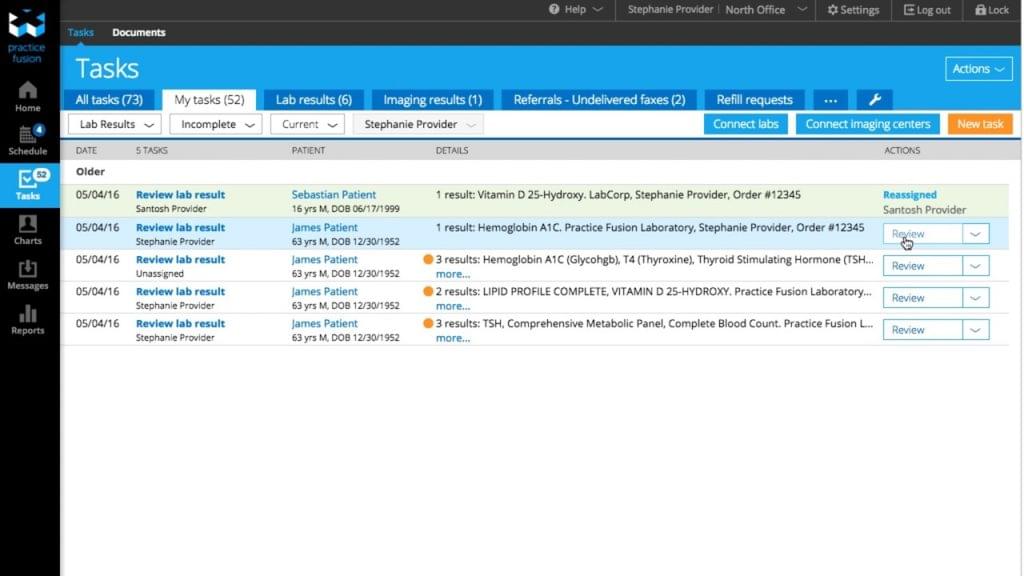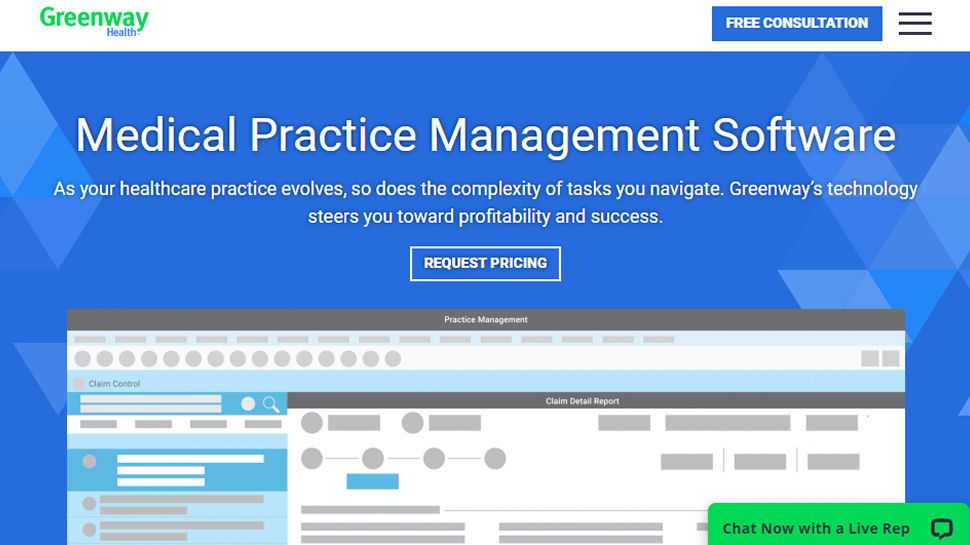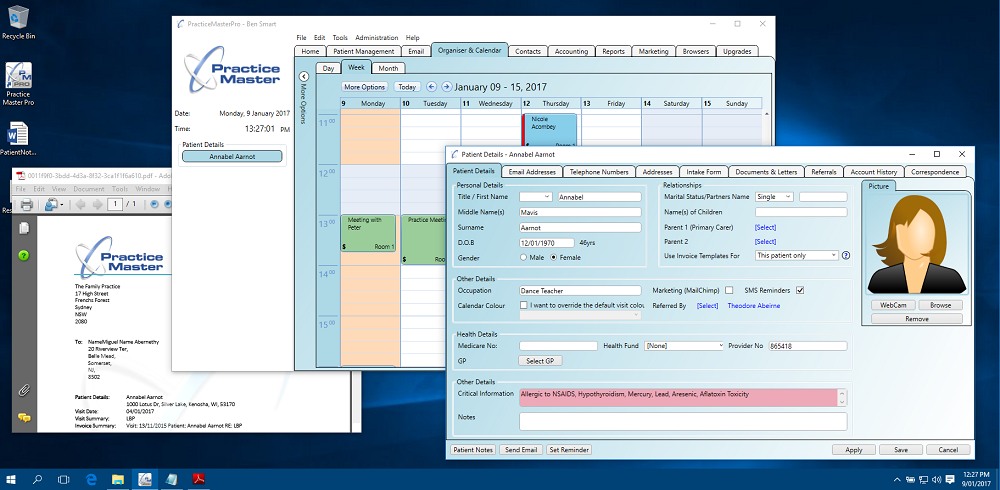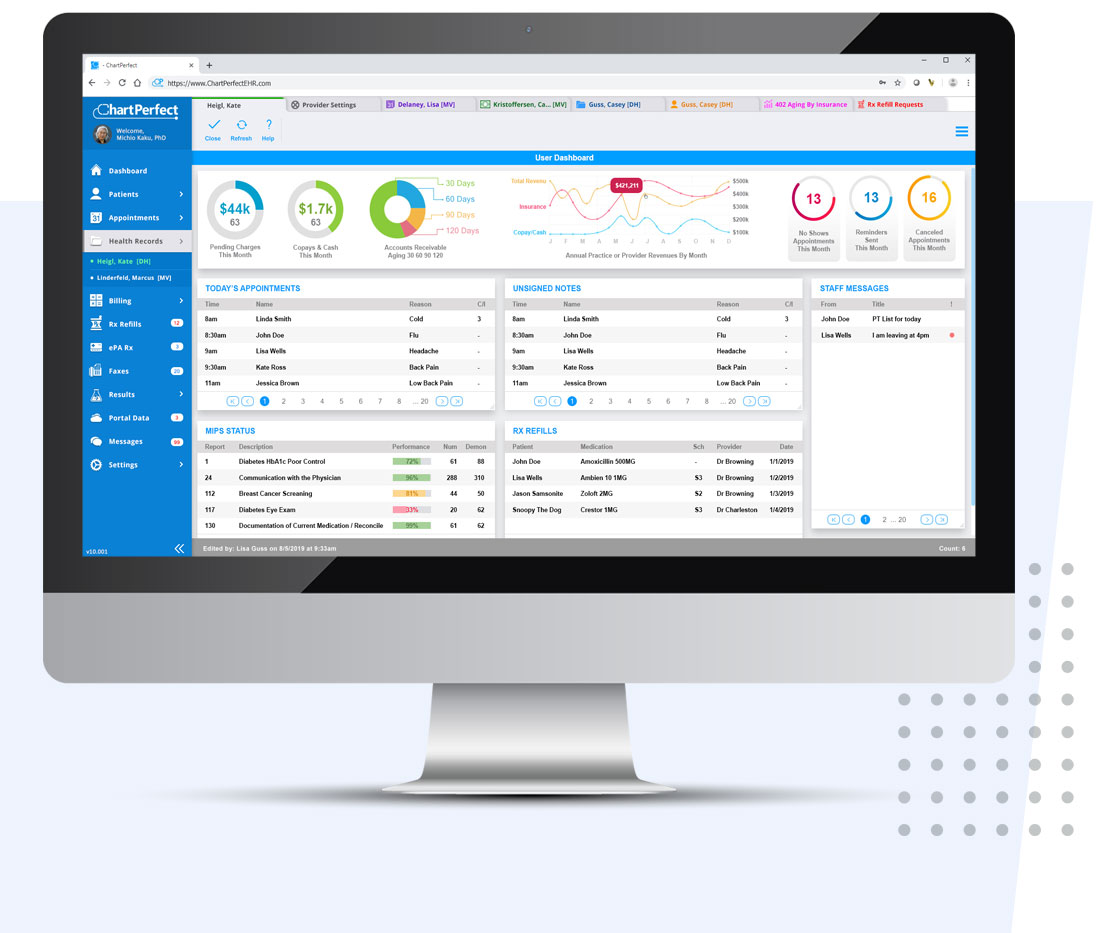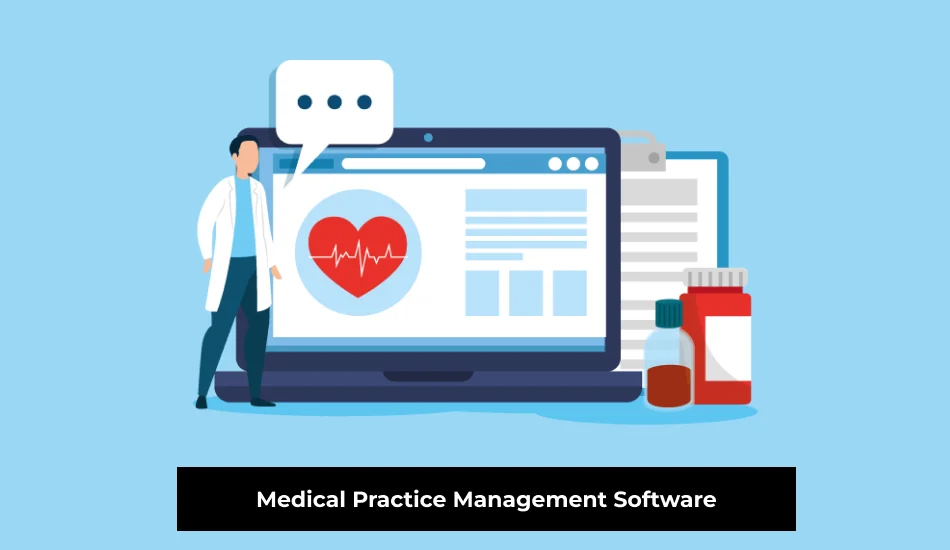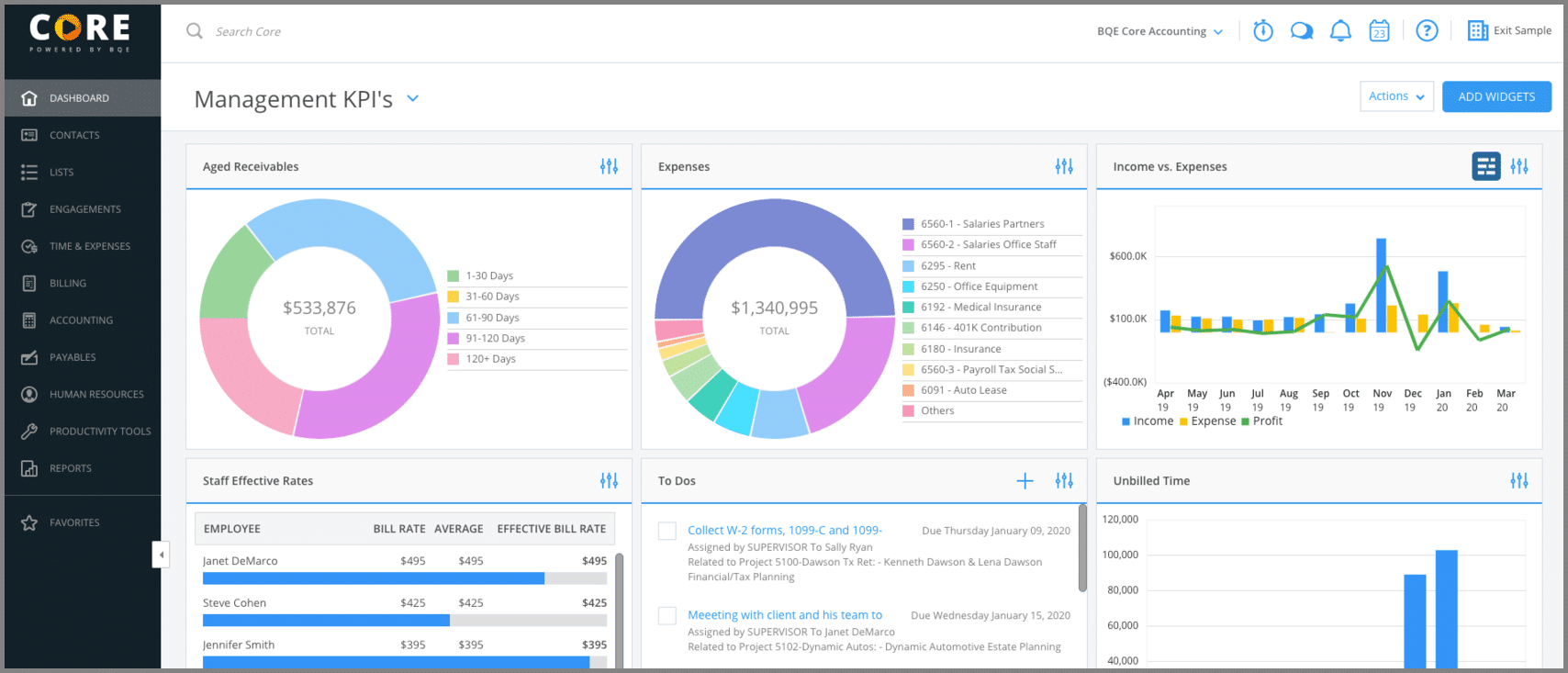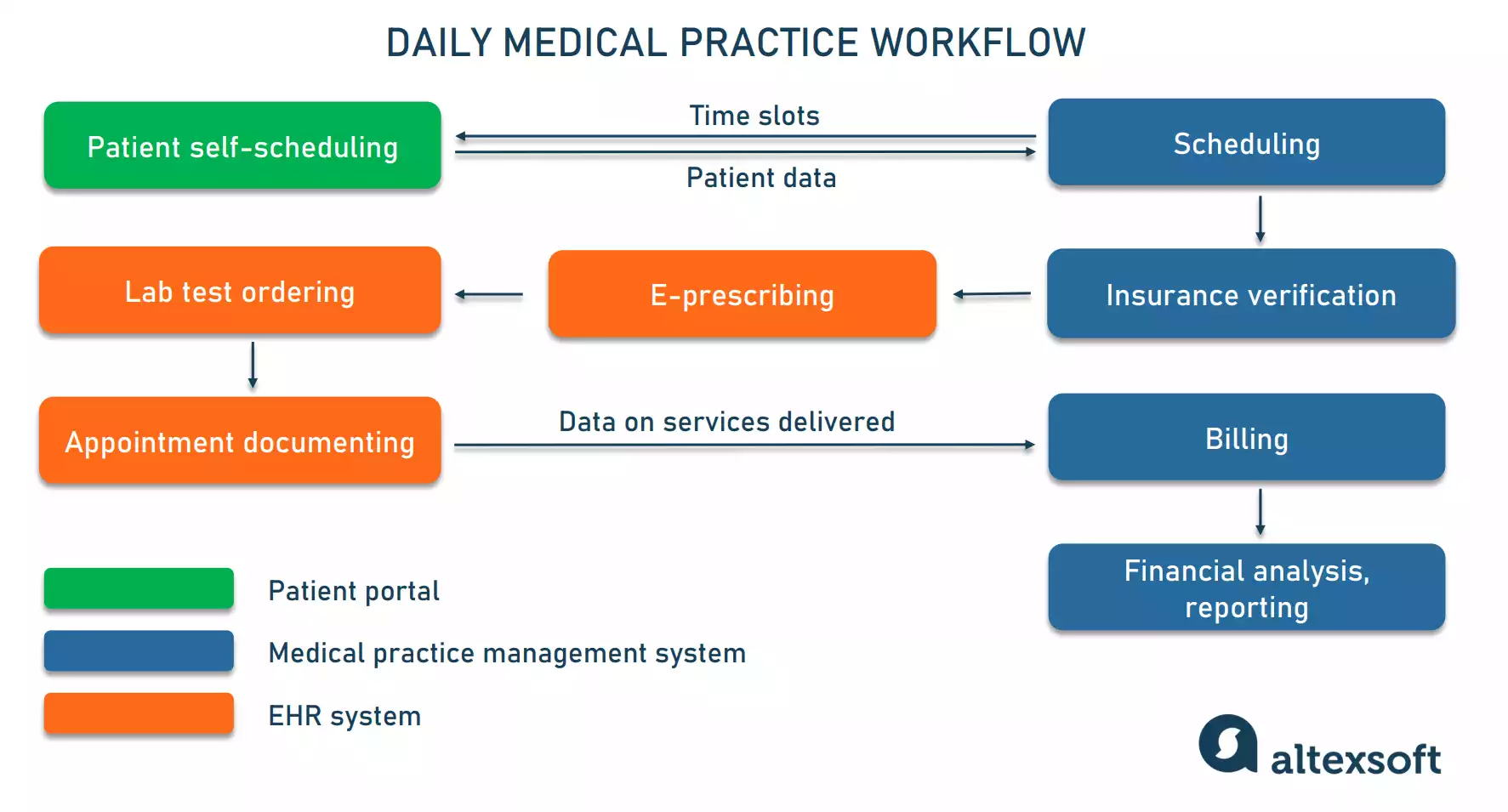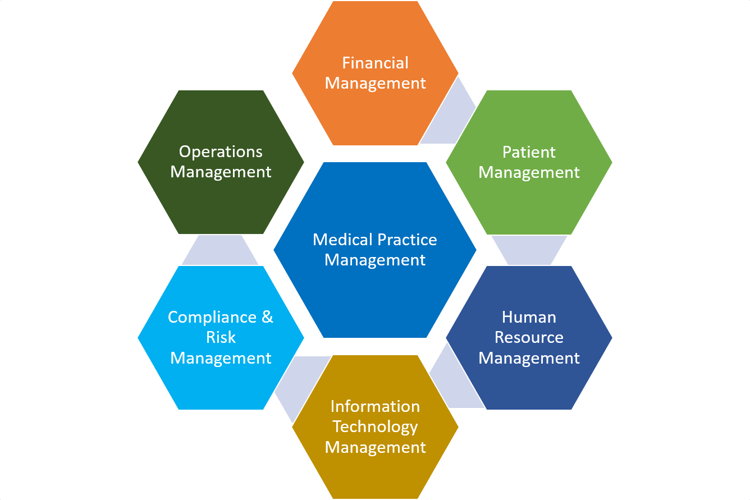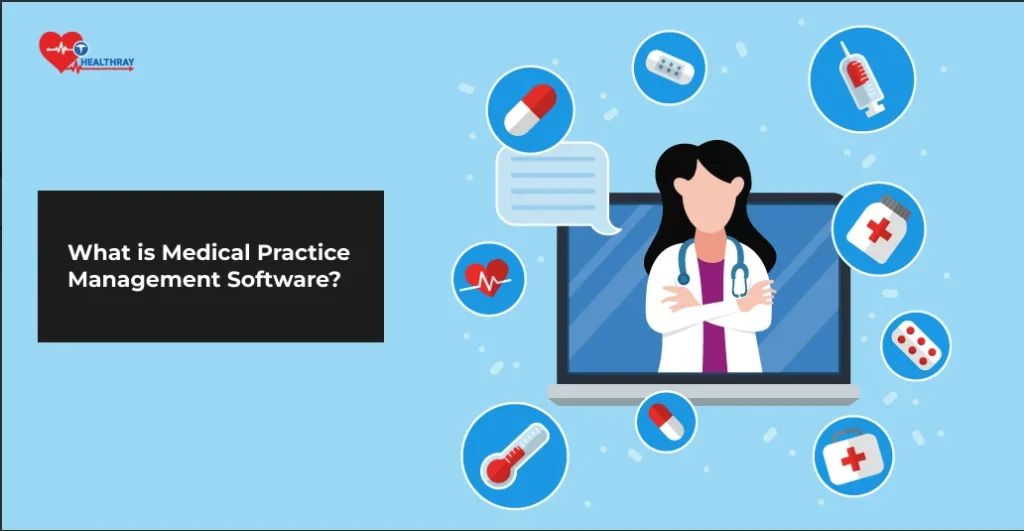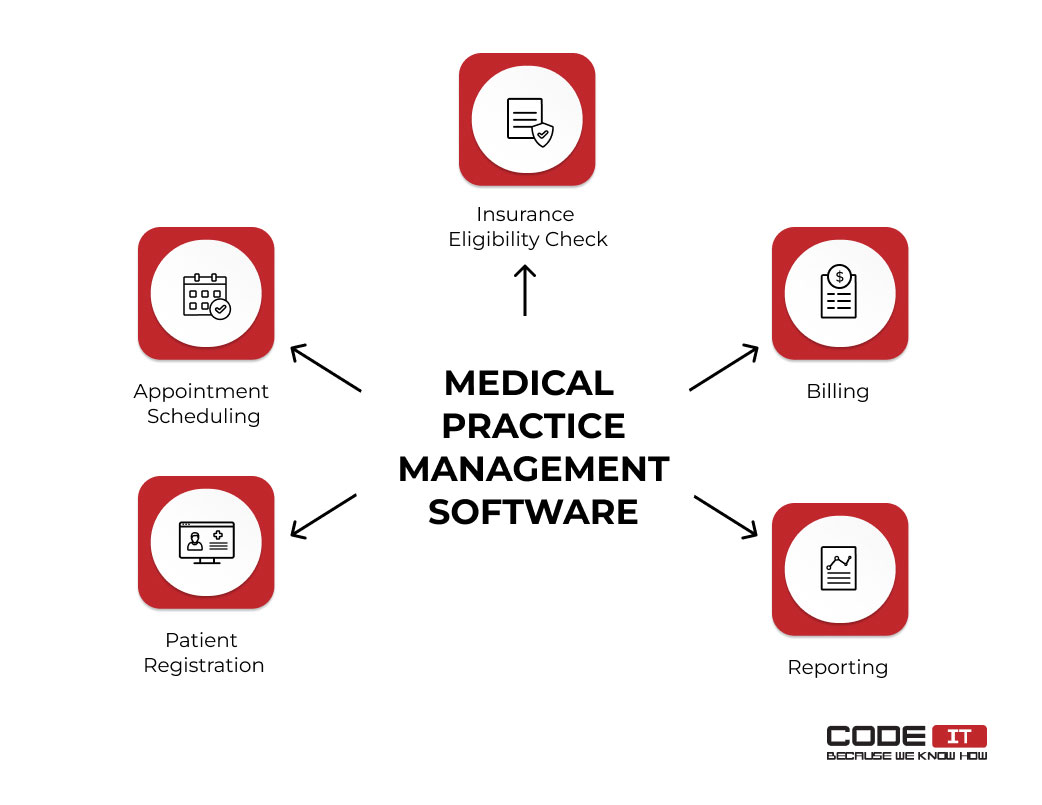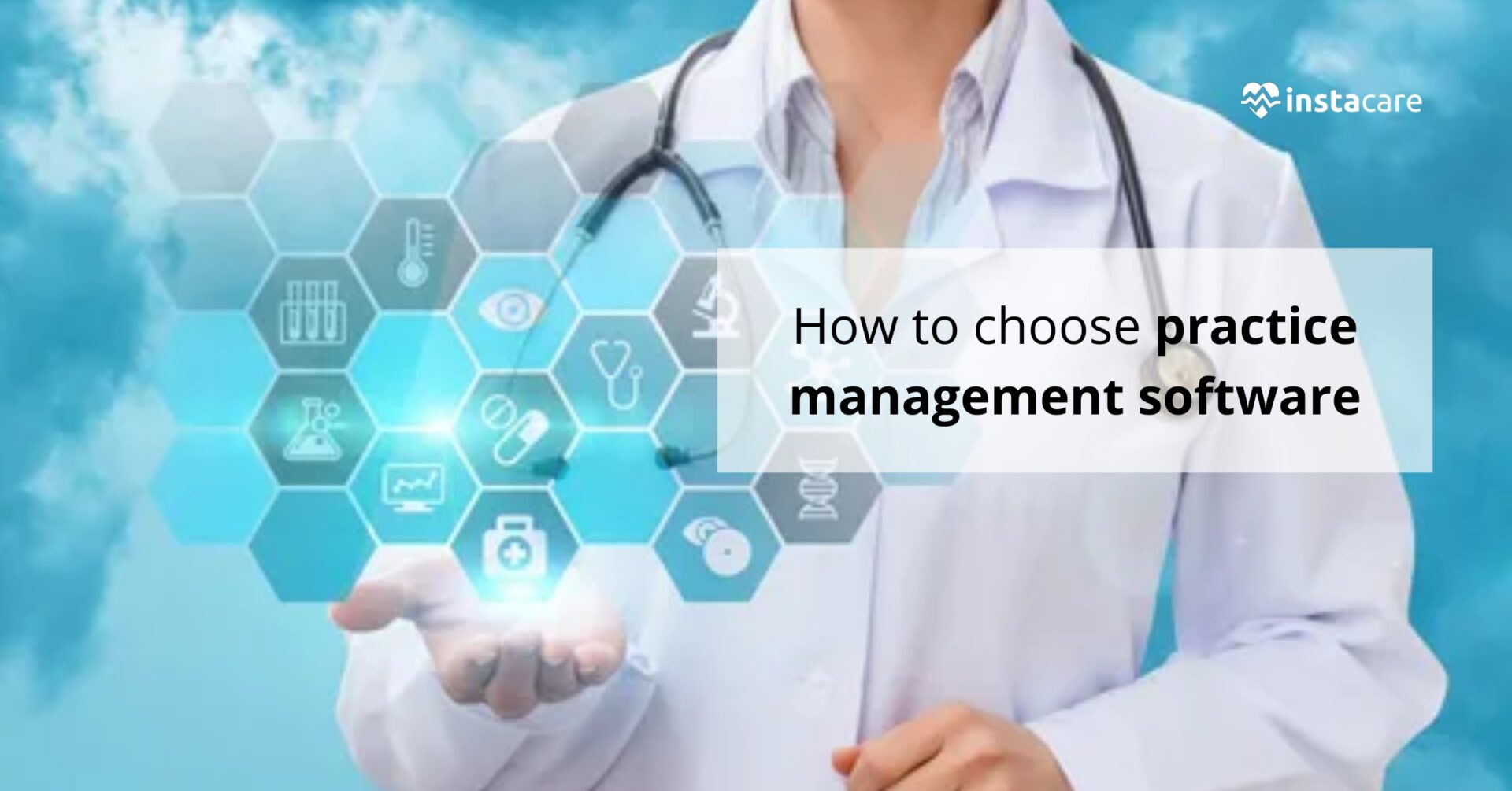Examples Of Practice Management Software
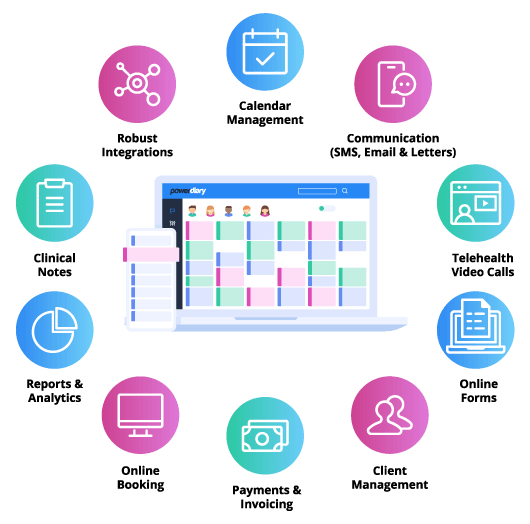
Practice management software (PMS) is undergoing a revolution, rapidly transforming how healthcare providers handle administrative tasks. These tools are no longer just about billing; they're comprehensive solutions streamlining workflows and improving patient care.
This article dives into several examples of PMS, highlighting key features and benefits to help healthcare professionals navigate this increasingly vital technology. The goal is to provide a clear, concise overview for informed decision-making.
All-In-One Solutions: Comprehensive Platforms
Epic Systems is a dominant player in the enterprise space. It is known for its robust electronic health record (EHR) integration.
Features include patient portals, scheduling, billing, and clinical documentation. Epic is typically used by large hospitals and healthcare systems.
athenahealth offers a cloud-based platform that combines EHR, revenue cycle management, and patient engagement tools. Its focus on data analytics and network connectivity sets it apart.
athenahealth utilizes a rules engine to help prevent claim denials. It is improving billing efficiency for practices.
Specialty-Specific Software: Tailored Functionality
For dental practices, Dentrix is a popular choice. It provides features such as charting, imaging integration, and patient communication tools.
Dentrix streamlines workflows unique to dental offices. It also makes patient care more efficient.
ChiroTouch is designed specifically for chiropractic practices. It supports documentation, billing, and patient scheduling, tailored to the needs of chiropractors.
The software helps manage treatment plans and track patient progress, increasing better patient outcomes.
Cloud-Based Options: Accessibility and Flexibility
Practice Fusion is a widely used cloud-based EHR system, known for its affordability and ease of use. It offers basic charting, scheduling, and billing functionalities.
Practice Fusion is particularly attractive to smaller practices due to its low cost of entry. It simplifies practice management.
CareCloud provides a suite of cloud-based solutions. This includes EHR, practice management, and revenue cycle management services.
CareCloud focuses on improving financial performance for healthcare practices. It also reduces administrative burden.
Key Features to Consider: Making the Right Choice
When selecting PMS, consider features like EHR integration, billing and coding accuracy, and appointment scheduling. Also think about patient portal access, reporting capabilities, and data security measures.
Integration with existing systems is crucial for smooth data flow. Robust reporting tools offer valuable insights into practice performance.
HIPAA Compliance
Ensure the software is HIPAA compliant to protect patient data. Security features should include encryption, access controls, and audit trails.
Usability and Training
Choose a user-friendly interface to minimize training time and maximize adoption. Consider available training resources and ongoing support from the vendor.
Comprehensive training ensures staff can effectively use the software. This helps the pratice to maximize its benefits.
Next Steps: Evaluating and Implementing
Healthcare providers must carefully evaluate their specific needs and budget when selecting PMS. Demos and trials are essential to assess the software's suitability.
Implementation should be phased and well-planned to minimize disruption. Ongoing training and support are key to successful adoption and optimization.
The rapid evolution of PMS necessitates continuous learning and adaptation. Practices should stay informed about new features and updates to leverage the full potential of their chosen software.



